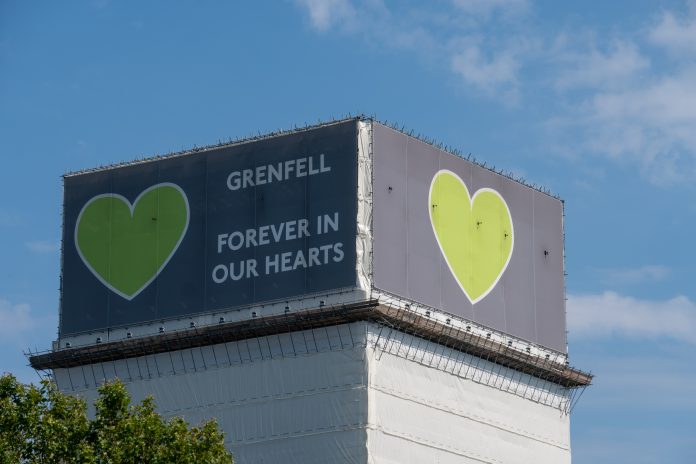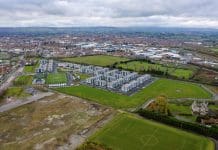The HCLG committee has launched an inquiry to review the government’s progress in removing potentially dangerous cladding from high-risk buildings, and the adequacy of funding by Government
Following the Grenfell Tower fire, it was found that the use of a number of forms of dangerous cladding on residential buildings was widespread.
Since, residents have found themselves footing the bill for round-the-clock fire patrols, increased insurance premiums and difficulties in accessing mortgage finance.
At present, according to the housing, communities and local government (HCLG) committee, Government support has been limited to providing funding for the removal of ACM cladding from private sector properties, yet 143 out of 175 properties with this form of cladding are yet to begin remedial work.
Residents in properties with other forms of cladding remain in limbo, facing the uncertainty of the timescale for removal and potential costs of tens of thousands of pounds.
The Association of Residential Managing Agents calculated that up to 500,000 people lived in homes that had some form of combustible cladding and the National Housing Federation has put the potential cost of removal at £10bn for the social housing sector alone.
Inquiry into potentially dangerous cladding
The inquiry will examine the scale of issues facing residents in buildings due to dangerous cladding. It will also look at the quality and effectiveness of Government support for the removal of all form of dangerous cladding from existing buildings, in particular the pace of remediation.
The HCLG committee also conducted work into the government’s response to the Grenfell fire in the previous Parliament.
Understand the impact on residents
Chair of the HCLG committee, Clive Betts MP said: “There are still hundreds of buildings encased in combustible cladding and thousands of residents facing serious financial strain as a result.
“The knock-on effect of dangerous cladding on buildings has been significant, with homeowners facing increased insurance or mortgage premiums, and even having to fund round-the-clock fire patrols simply to stay in their own homes.
“The government is providing financial support to enable the removal of ACM cladding from privately owned buildings, but this appears to be far short of what is necessary to address the real scale of the issue.
We have launched this inquiry to understand the impact that the government’s response has had in providing support and driving forward remediation work.
“We also want to better understand the scale of the problems facing residents and look at what more will need to be done to ensure that buildings are made safe, and the financial impact on residents addressed.
“This committee has already called on the government to fund the removal of all forms of combustible cladding and criticised the pace of change. Nearly 1,000 days since the fire at Grenfell Tower, these issues must now be addressed.”








![[Video] Enhancing safety with fire doors: A case study of Marina Care Home](https://www.pbctoday.co.uk/news/wp-content/uploads/2025/06/maxresdefault-218x150.jpg)





